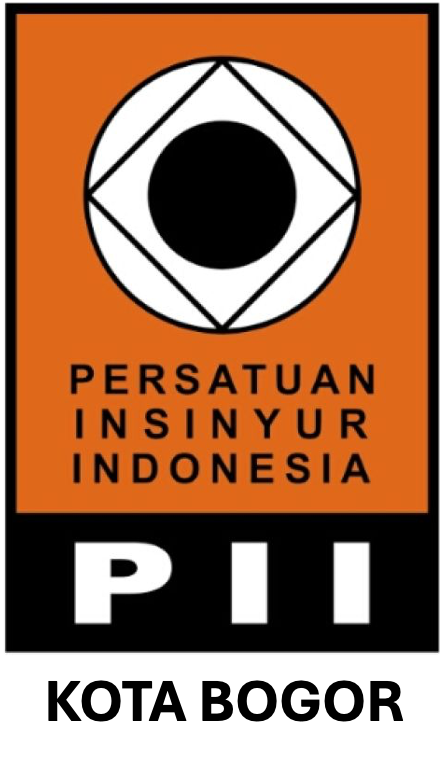Prediksi Potensi Cadangan Air Tanah Menggunakan Persamaan Darcy di Kecamatan Dramaga, Kabupaten Bogor
Abstract
Groundwater needs will increase in accordance to area development. Groundwater has a limited quantity because it depends on the geometry and distribution of aquifer. The purpose of this study were to identify soil lithology and aquifer thickness, to determine soil hydraulic conductivity values and to predict potential groundwater reserves in Dramaga District . The processed data were data geoelectric with Schlumberger configuration, hydrogeological maps, and geological maps of Bogor. Aquifer thickness were obtained from the average yield of the aquifer thickness at the research location. Thickness of unconfined aquifer was 14,69 m and 17,77 m for confined aquifer. Aquifer had lithological layers of andesite, tuffaceous, sandstone, clay, and sand. The value of hydraulic conductivity was 2,5 m / day for unconfined aquifer and 2,04 m / day for confined aquifer. Using the Darcy equation groundwater reserves were estimated 241,29 m3 / day or 2,79 l / s for unconfined aquifers and 1291,19 m3 / day or 14,94 l / s for confined aquifers.
Key words: aquifer, Darcy equation, geoelectric, groundwater reservesDownloads
Authors who publish with Jurnal Teknik Sipil dan Lingkungan, JSIL agree to the following terms:
a. Authors retain copyright and grant the journal right of first publication with the work simultaneously licensed under a Creative Commons Attribution License that allows others to share the work with an acknowledgment of the work's authorship and initial publication in this journal.
b. Authors are able to enter into separate, additional contractual arrangements for the non-exclusive distribution of the journal's published version of the work (e.g., post it to an institutional repository or publish it in a book), with an acknowledgment of its initial publication in this journal.
c. Authors are permitted and encouraged to post their work online (e.g., in institutional repositories or on their website) prior to and during the submission process, as it can lead to productive exchanges, as well as earlier and greater citation of published work (See The Effect of Open Access).











